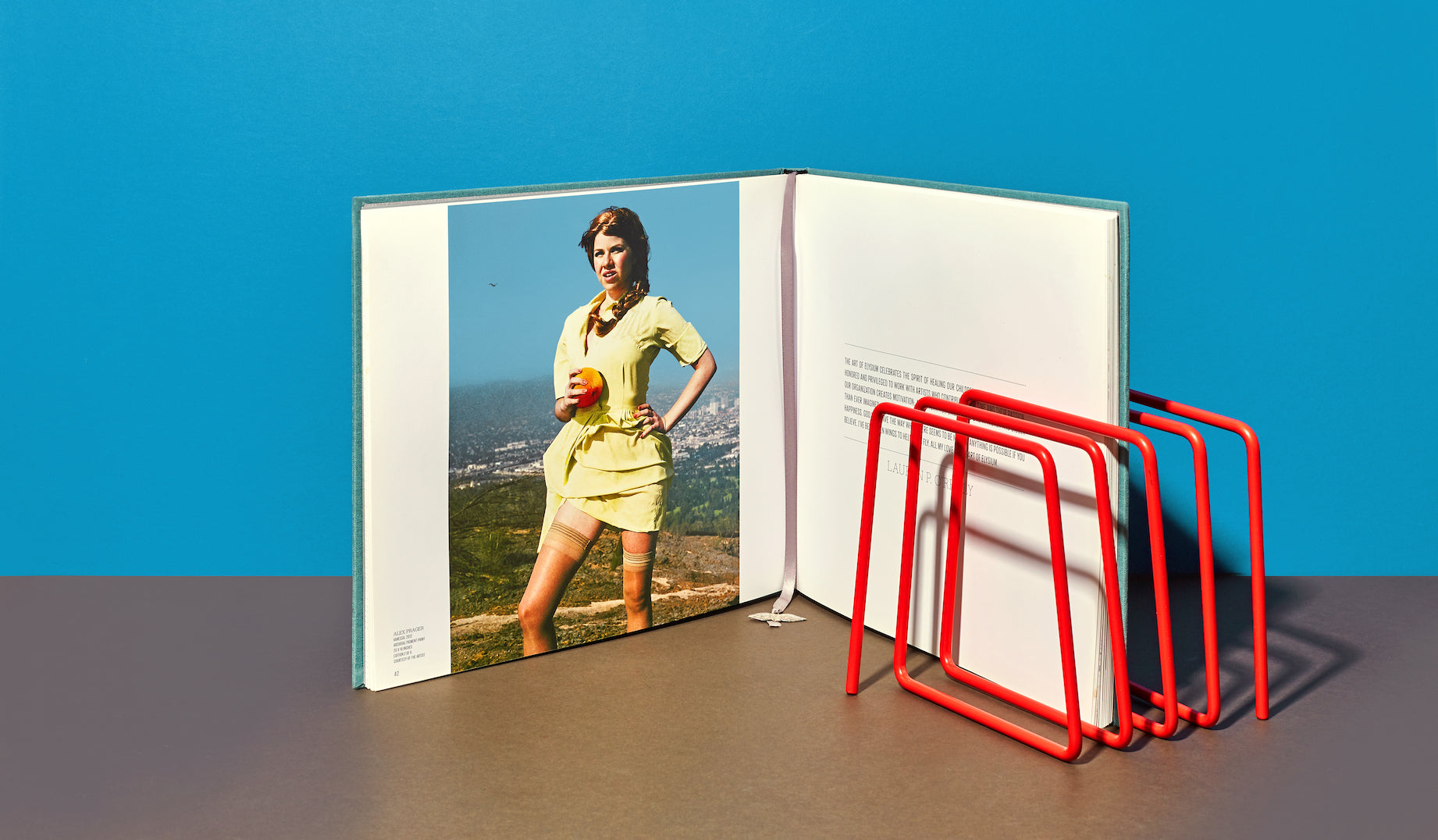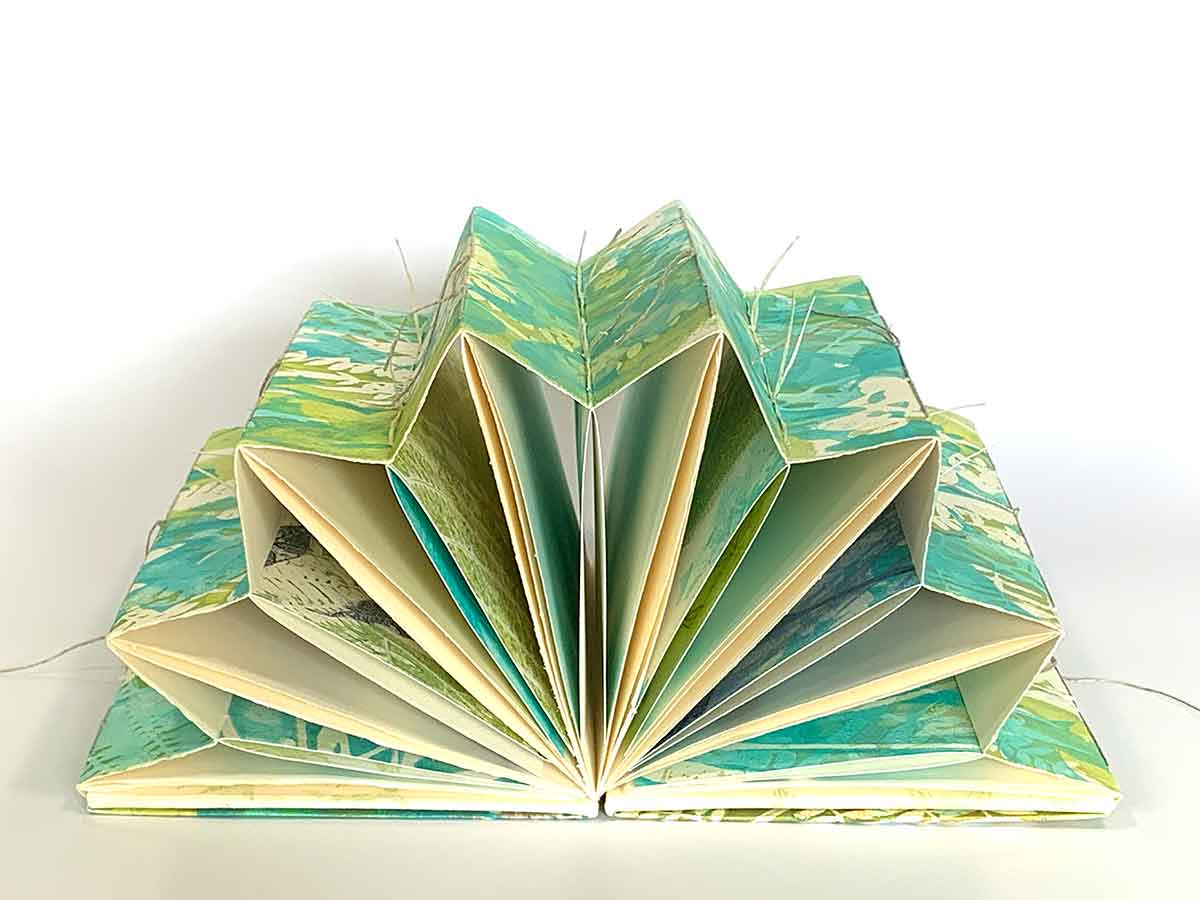Discover the Important Overview to Art Book Printing for Aspiring Artists and Publishers
As an aspiring musician or publisher, understanding the nuances of art book printing is vital to bringing your vision to life. What are the vital aspects you should focus on to develop a spectacular art book that absolutely represents your work?
Recognizing Different Types of Art Books
When you dive right into the globe of art publications, you'll swiftly find that they are available in various forms, each tailored to different imaginative expressions and target markets. Coffee table books frequently display sensational visuals, perfect for laid-back surfing, while monographs dive deep right into a specific musician's work, offering context and insights. If you have an interest in particular art movements, exhibition magazines provide comprehensive paperwork of programs, featuring essays and reviews.
For instructional purposes, art manuals and strategy publications lead you via different mediums and designs, making them necessary for aspiring musicians. Finally, restricted version or musician publications obscure the lines between art and literary works, commonly incorporating distinct style aspects or handmade functions. Comprehending these types assists you establish what reverberates with you and what might finest fit your audience. Each layout offers its purpose, and knowing their differences can improve your art book trip.
Selecting the Right Paper and Materials
Selecting the best paper and products can substantially affect the overall top quality and feeling of your art book. For lively shades and intricate information, choose for a glossy coating or a heavyweight matte paper that improves aesthetic depth.
Consider the weight of the paper, also. Thicker options usually offer an even more specialist look, while lighter papers can lower printing costs. Don't forget the binding products; a tough cover can shield your pages and contribute to the book's visual.
Lastly, consider sustainability. Eco-friendly options are getting appeal and can show your worths as an artist. By carefully choosing your paper and products, you'll ensure that your art book not only looks wonderful however also really feels special in the hands of your readers.

Choosing the most effective Printing Techniques
When it involves publishing your art book, picking between countered and electronic printing can significantly influence your last item. You'll also wish to think about exactly how paper quality impacts the general feel and look of your artwork. Let's explore these key printing techniques to discover the most effective suitable for your project.
Countered vs. Digital Printing
While both offset and electronic printing have their benefits, picking the ideal technique for your art book can substantially impact the end product. Offset printing supplies premium photos and dynamic colors, making it suitable for bigger print runs. If you're aiming to generate hundreds or hundreds of duplicates, offset will provide you constant outcomes and reduced per-unit expenses. On the other hand, digital printing stands out for smaller sized quantities and quicker turnaround times. It enables for easy personalization, allowing you to publish unique copies without extra setup costs. Consider your spending plan, timeline, and the volume of your job. Eventually, your choice must straighten with your imaginative vision and distribution technique, making sure that your art book shows the high quality you prefer.
Paper High Quality Considerations
Choosing the appropriate paper high quality can considerably improve the visual allure and responsive experience of your art book. For prints, a glossy coating can make pictures pop, while a matte finish gives a softer, a lot more subtle appearance.
Next, think of the sustainability of your selection. Green choices are coming to be progressively popular and can attract environmentally-conscious visitors. Request samples to see exactly how different papers function with your artwork, ensuring the last product shows your vision perfectly.
Making Sure Shade Accuracy in Your Prints
To attain stunning prints, you need to concentrate on shade accuracy from the beginning. You'll wish to utilize shade calibration strategies to confirm your screen and printer remain in sync. In addition, proofing your work prior to the last print run can help capture any kind of inconsistencies, guaranteeing your art looks equally as you imagined.
Shade Calibration Techniques
Guaranteeing color accuracy in your prints starts with reliable shade calibration methods that assist preserve consistency in between your electronic pictures and final printed items. Next off, select a color profile matched for your printing procedure, like CMYK for print materials. By regularly applying these strategies, you'll boost the general quality of your art prints and better you could try these out share your creative vision.
Proofing for Accuracy
While you could believe your electronic images are all set for print, proofing is important for attaining color accuracy. Prior to devoting to a full print run, constantly ask for an evidence from your printer.
If adjustments are required, connect plainly with your printer about your preferred results. Don't think twice to demand multiple evidence if essential; it's worth the financial investment to obtain it. Eventually, detailed proofing assurances that your art work is represented as you pictured it, preserving your creative integrity throughout the printing process.

Designing Layouts That Enhance Your Art Work
When you develop formats for find here your art book, it's vital to contemplate how each element communicates with your artwork. Go for an equilibrium in between visuals and message, ensuring neither overshadows the other. Use white space strategically; it gives your artwork room to breathe and attracts focus to its details.
Think about the flow of your book. Set up pictures in a manner that guides the visitor's eye, creating a narrative or thematic development. art book. Differ the dimensions and alignments of your art work to maintain the design dynamic and interesting
Select fonts that enhance your art work without sidetracking from it. Maintain text concise and pertinent, giving context or understanding that improves the customer's experience.
Lastly, test various designs. Print examples to see exactly how the styles translate theoretically, and change as needed. By attentively creating your designs, you'll produce a visually interesting art book that resonates with your target market.
Binding Choices for a Professional Finish
Choosing the right his response binding alternative can considerably impact the total presentation of your art book. You'll wish to consider both looks and toughness when making your choice. Popular alternatives include perfect binding, which offers a smooth look and is perfect for thicker publications; saddle stitching, suitable for smaller sized booklets; and spiral binding, which permits pages to lay flat for simple watching.
If you're aiming for a costs feeling, situation binding is an excellent option, giving a durable cover and a specialist look (art book). Do not forget the cover material; alternatives like cloth, natural leather, or a shiny finish can elevate your book's allure
Whatever option you select, make certain it complements your artwork and boosts the reader's experience. Take your time to evaluate the advantages and disadvantages of each method, so your final item mirrors the high quality of your imaginative vision.
Preparing Your Apply For Print Preparedness
To guarantee your art book is print-ready, you'll need to pay close interest to file preparation. Start by establishing your paper dimension to match your wanted print measurements.
Consider developing an evidence to evaluate before the last print run. Complying with these steps will help you attain a refined, professional art book.
Frequently Asked Inquiries
What Is the Typical Expense of Printing an Art Book?
The standard expense of publishing an art book varies, but you can expect to pay anywhere from $5 to $20 per duplicate, relying on elements like size, paper high quality, and printing volume.
Just How Can I Find a Reliable Printing Company?
To locate a reputable printing company, begin by researching on-line reviews and asking fellow artists for recommendations. Contrast quotes, check portfolios, and connect your needs clearly to assure they comprehend your vision and top quality assumptions.
What Is the Typical Turnaround Time for Printing?
The common turnaround time for printing differs yet typically ranges from one to 4 weeks. Aspects like project intricacy and volume can impact this. Constantly validate with your chosen printer for specific timelines and assumptions.
Can I Publish My Art Book in Limited Quantities?
Yes, you can absolutely publish your art book in minimal amounts. Several printing business supply short-run options, enabling you to generate just the number you need, making it much easier to handle prices and inventory.
What Lawful Factors To Consider Should I Know for My Art Book?
You ought to take into consideration copyright, licensing agreements, and version releases when producing your art book. Make sure you deserve to use all pictures and message, safeguarding on your own from possible legal problems down the road.